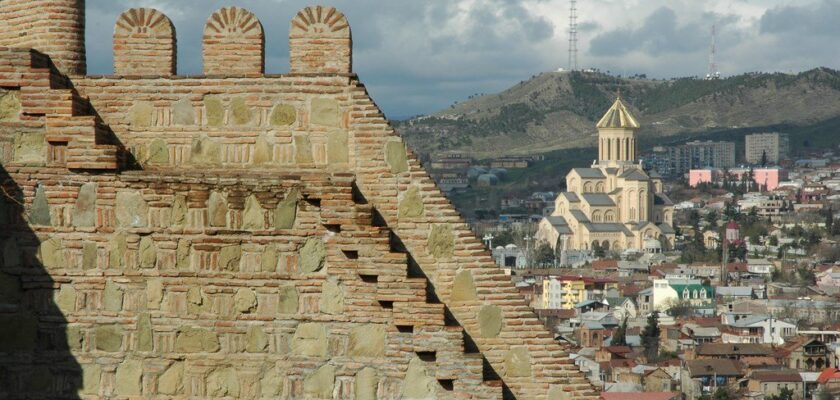Narikala Fortress
Narikala Fortress is an ancient citadel in the historical part of Tbilisi and one of the sights of the capital of Georgia. It is not known exactly when the stone fort was built on the hill, but in the 4th century, before the city was founded, it existed under the name of Shuris-Tsikhe. It is believed that Narikala fortress received its modern name under the Mongols. “Narin-Kala” means “small fortress.” For many centuries, no one has managed to take the fortress by battle.
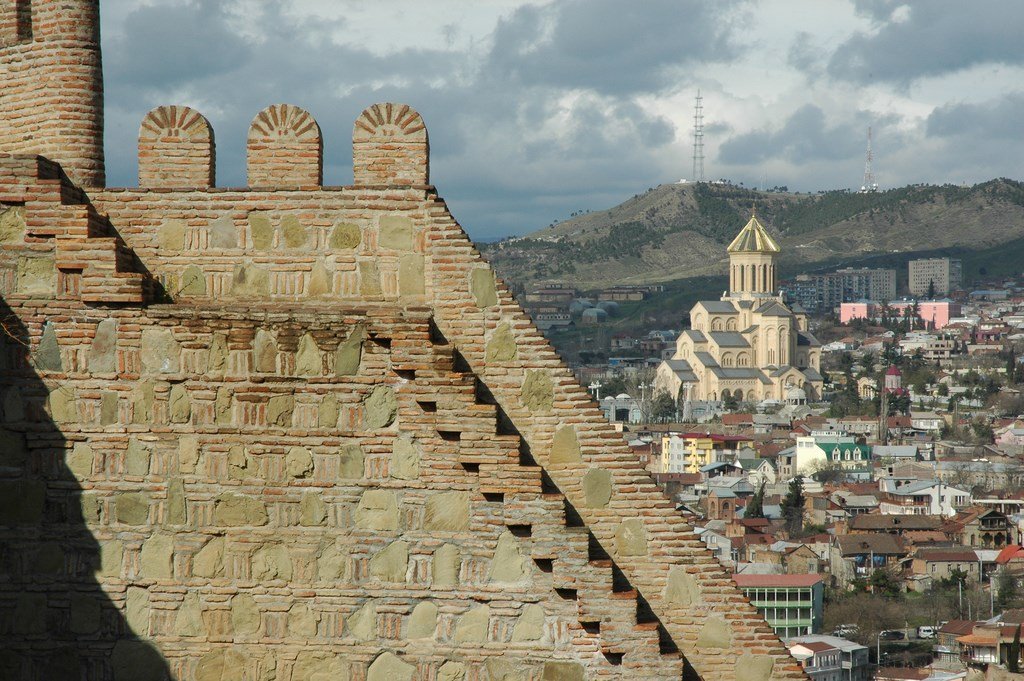
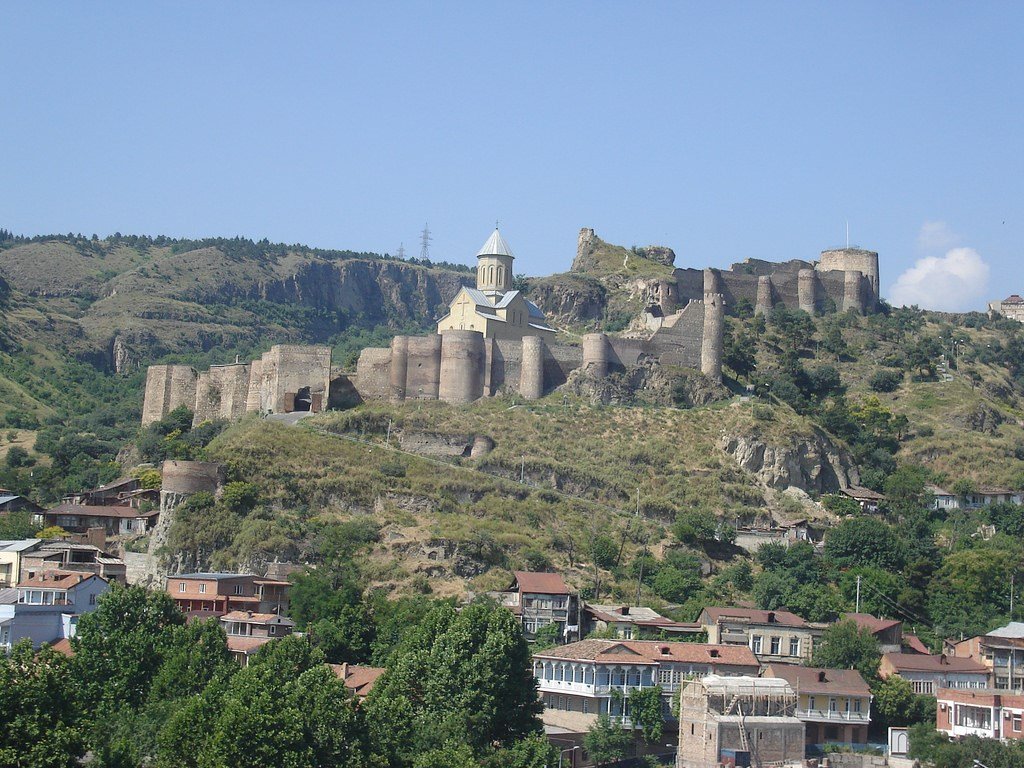
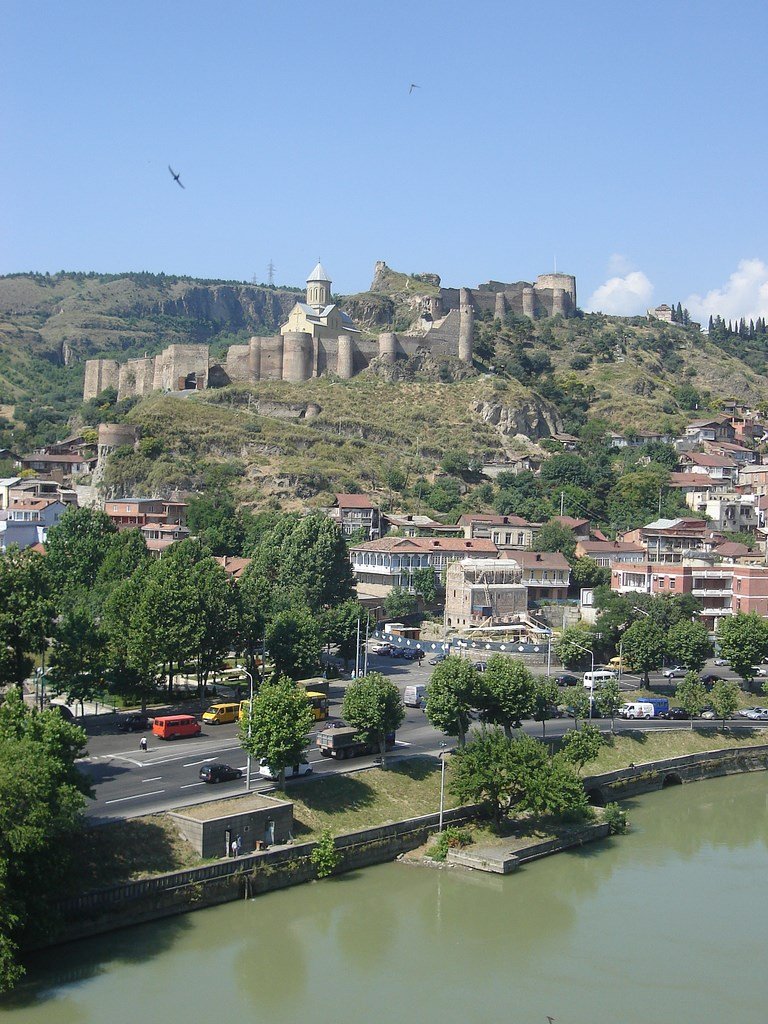
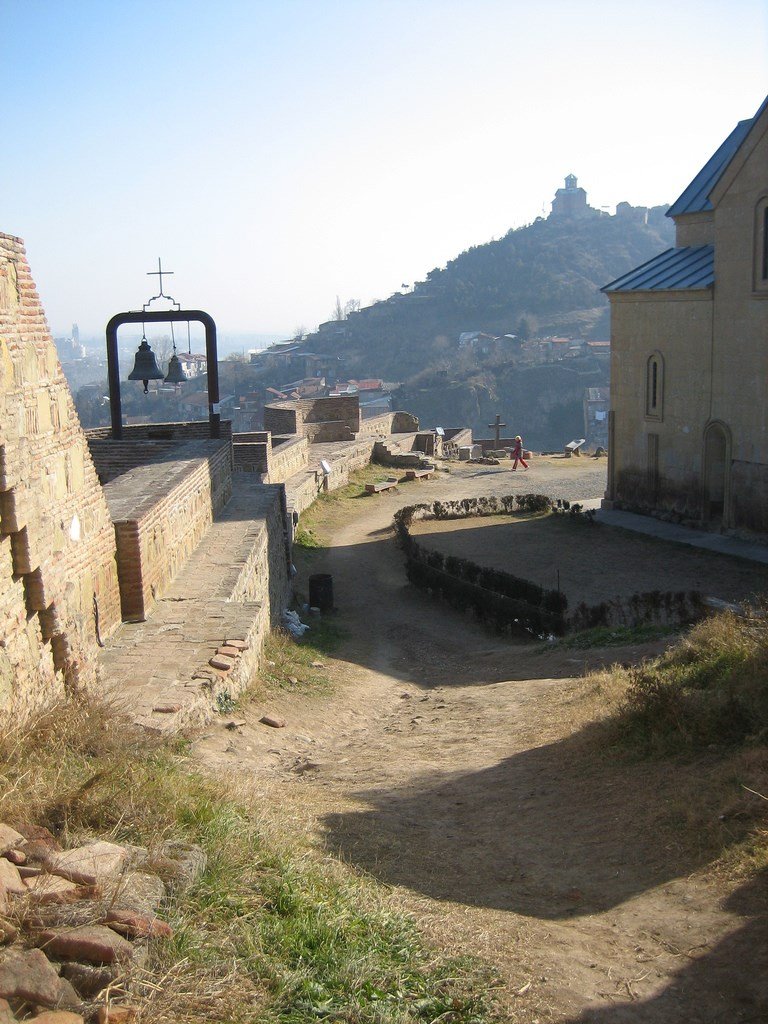
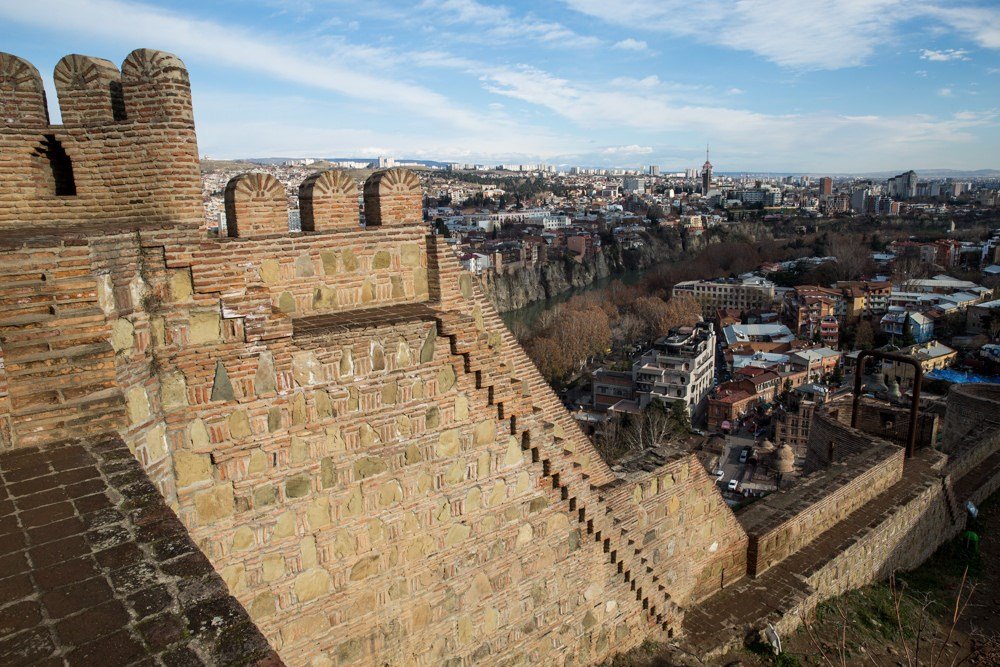
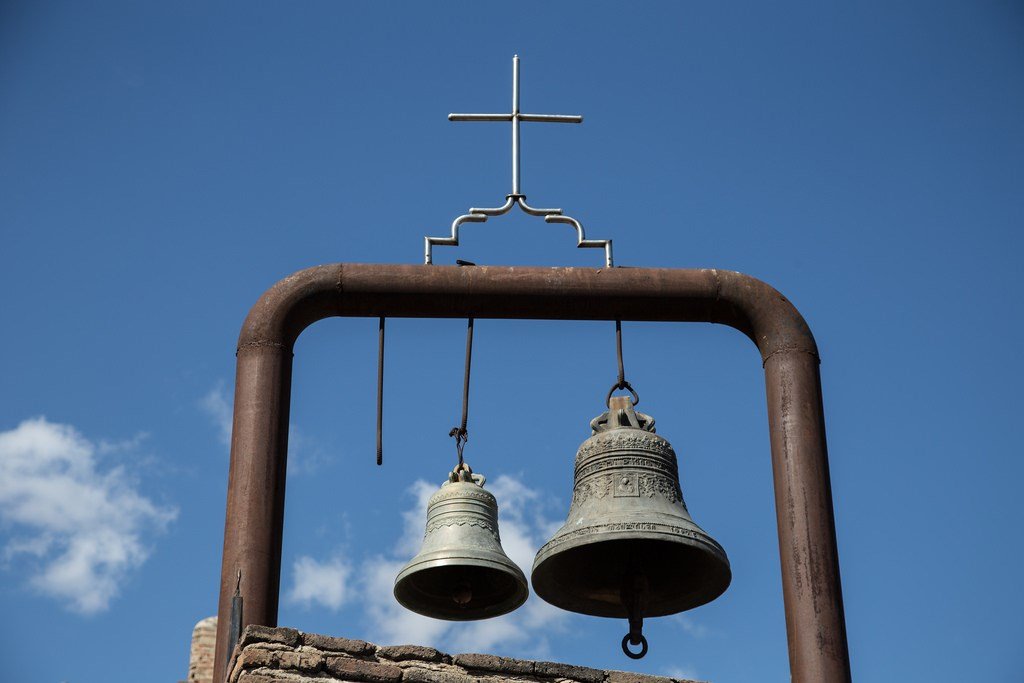
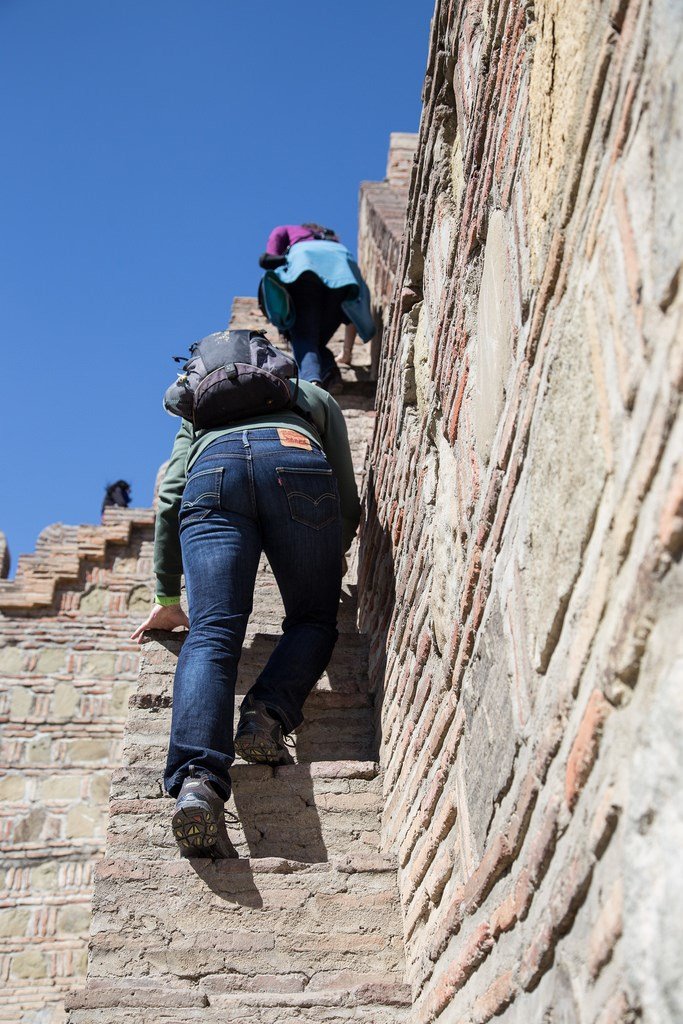
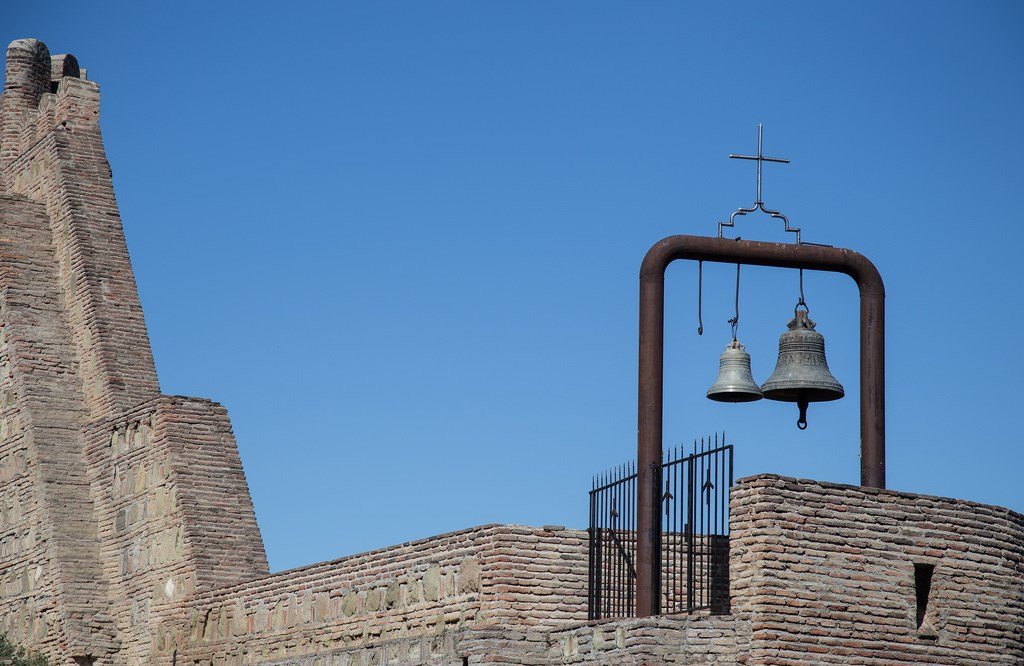
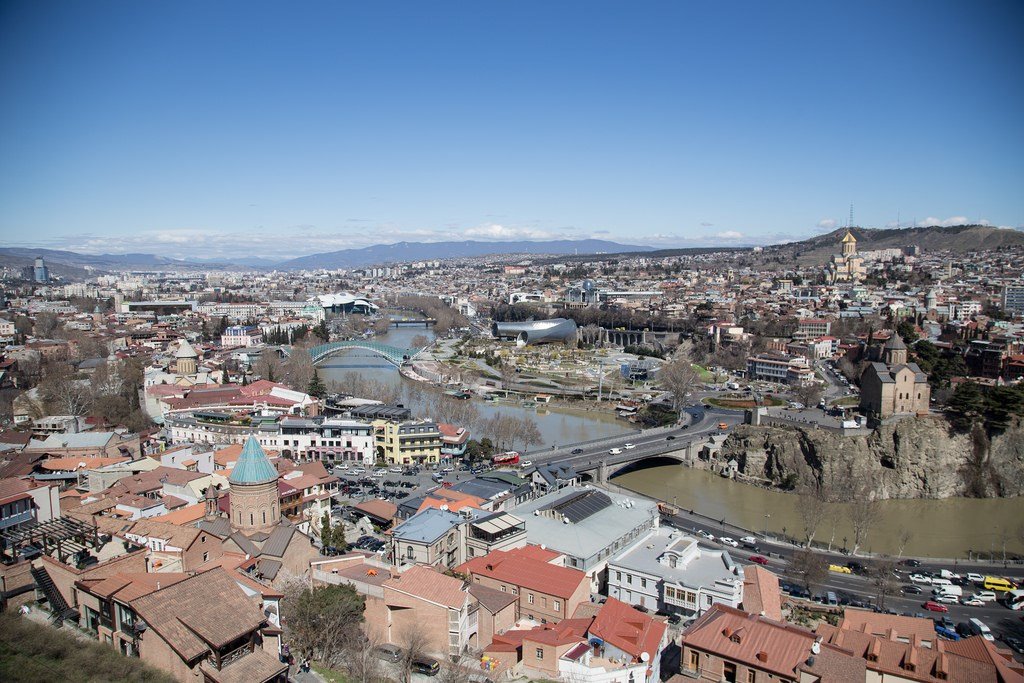
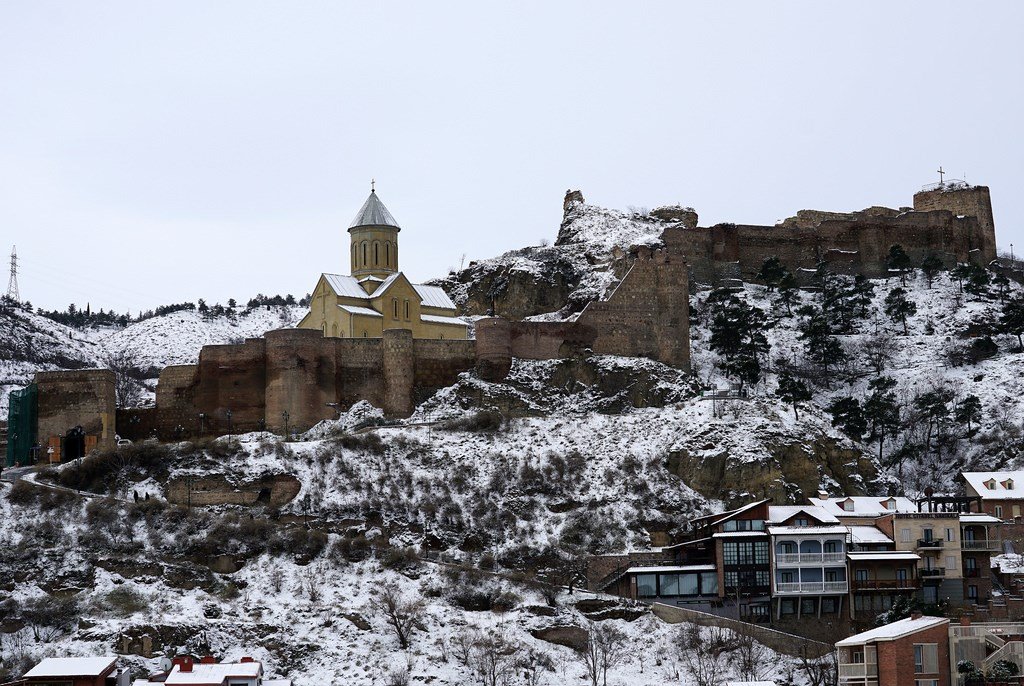
Video: Narikala Fortress
Contents- Highlights
- History of Narikala Fortress
- What you can see in the fortress today
- Fortress Church
- How to get there
Highlights
The powerful citadel rises on one of the spurs of Mount Mtatsminda, Narikala Hill, which is part of the Sololak Range. In Georgian, “Mtatsminda” means “holy mountain”. The mountain rises above Tbilisi on the right bank of the Kura River, almost in the center of the city. It dominates the entire urban development and is one of the symbols of Tbilisi.
.The old walls and bastions of Narikala Fortress were discovered during archaeological excavations in 1966. And in 1996, when the builders restored the ancient church of St. Nicholas, the stone fort began to look even more picturesque.
.
Tourists can easily access the fortress by cable car along the slope of Narikala Hill. Many prefer to climb to the top in cabins, and descend into the city on foot. The observation deck near the fortress walls offers a breathtaking view of the Kura River valley, city blocks and streets of Old Tbilisi. It is very quiet here, as the noisy streets are far below and are almost inaudible. There is only one inconvenience – there are no trees near the fortress, and on a hot day it is difficult to find a saving shade here. In the dark, the fortress walls and towers of Narikala are beautifully illuminated.
.History of Narikala Fortress
It is believed that Narikala Fortress appeared under the Persians. They built a stone citadel on the hill to repel enemy raids. In the 8th century, under Arab rule, when the city was the capital of the Tbilisi Emirate, the citadel was expanded. During the reign of Georgian king David IV the Builder (1089-1125) the old fortress was strengthened and further increased in size. The defensive structure acquired its modern appearance in the XVII-XVIII centuries.
.Inside the fort there were constantly Persian or Turkish garrisons. There is a known case that occurred during the anti-Persian uprisings of the XVII century. The Persians were expelled from the entire territory of Georgia, and only in the fortress of Narikala remained a garrison, which did not surrender for several months and continued to wait for help from his army. Attempts to dislodge the Persians from the hill were made several times, but they were not successful.
.
In the 18th century, the Narikala fortress was part of a complex system of defensive structures built along the left bank of the Kura River. They allowed not only to provide a reliable defense of Tbilisi, but also to control the trade routes that ran along the river valley.
.
The main fortress occupied the upper part of the hill. Below stood the so-called Upper Fortress. Near the river bank was another fortress wall with towers, intended for the defense of the Lower City. The Armenian temple Surb Gevork or “fortress church”, which has survived to this day, stood here. The bastions surrounding the Lower Town were demolished a long time ago, back in the 19th century.
.
In 1827, a strong earthquake occurred in Georgia, which damaged many buildings. Narikala Fortress, as well as other ancient buildings, was severely destroyed. Since then, it has never been used for military purposes again.In the 1990s, the city authorities made attempts to restore the historical monument. Builders reinforced the ancient walls and towers and restored the church of St. Nicholas, which had existed in the citadel since the 12th century.
.
In 2012, a cable car was built, with the help of which you can climb the Sololak Ridge in a couple of minutes. It starts on the left bank of the Kura River in Rike Park and takes tourists to the Narikala Fortress in a couple of minutes.
.What you can see in the fortress today
The ancient citadel has not been preserved in its entirety, but only in fragments. The high walls of Narikala Fortress seem to grow out of the green hillsides. At almost equal intervals on them one can see rounded towers, which the fortress garrison used for firing. The stone fort was badly destroyed by the earthquake, but in some places the walls retain a neat crenellated finish.
.
If you go up to Narikala Fortress on foot, you should start from Maidan and walk past the ancient Armenian temple Surb Gevork. From here the road leads to the parking lot located in front of the main gate of the citadel. From the parking lot to the right there is a path to the cable car station. If you go to the left, you can follow a little-noticed path down to the sulfur baths on Botanic Street in the neighborhood of Old Tbilisi called Abanotubani. Botanic Street is one of the first streets in the city, it was built about 1500 years ago.
To the southeast of the Narikala Fortress is the territory of the Botanical Garden of Tbilisi. From the side of the citadel it can be accessed from the tower of the Ganja Gate, the ancient Eastern Gate of the city. The old tower is infamous as a place from where political criminals were thrown down.
.Fortress Church
The Church of St. Nicholas, which stands inside the citadel, was built in the 12th century. During the imperial period, the garrison of the citadel used this church as a gunpowder depot, and in the earthquake of 1827, the old church collapsed. For a long time, the ruins of the church were covered with earth and bushes.
Today, the Church of St. Nicholas is a functioning temple, where regular church services are held. Its walls are painted with frescoes depicting scenes from the Bible and events in the history of Georgia. On one of the frescoes one can see a portrait of the Georgian poet Ilya Chavchavadze (1837-1907).
.How to get there
Narikala Fortress is located on the right bank of the Kura River, in the Old Tbilisi neighborhood. Those who want to get here on foot should know that the road up the hill is quite steep and only hardy travelers can cope with it. The easiest way to get to Narikala is to take public transportation to the modern Rike Park and go up to the citadel by cable car.
.